Shifting realities: Preparing for tomorrow's technologies
by Ian Mundell
Technology foresight is about getting people to think about the future and how innovation might change society and the economy. The buzz word is disruption, in more ways than one.
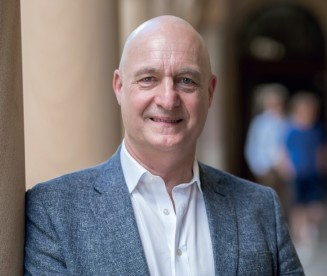
“Everyone has a particular view of the future and it's extremely difficult to decommission that mental map,” says Professor David Gann, Imperial's Vice-President (Innovation). “By bringing people together we can challenge each other’s mental maps, and that helps shake up people's thinking, guided by some expertise about where the current science is.”
Imperial Tech Foresight helps the College's partners in the business community think about the future, by using bespoke tools and methodologies to devise foresight workshops, providing consultancy services, and organising a flagship event each year. This year's event, Tech Foresight 2038 is themed around Shifting Realities. It will gather some 150 scientists, engineers and executives from industry to talk about technologies likely to hit home in the next 20 years.
Imperial's Tech Foresight team has also produced speculative pieces to shape discussion, such as the Table of disruptive technologies (PDF), which sets out 100 technologies capable of producing significant social, economic or political upheaval. Designed to resemble the Periodic Table, one axis ranks potential for disruption from high to low, while the other ranks the time of impact, from sooner to later.
While Professor Gann is forward looking, he is not interested in fantasising about the future. “We're a deep science institution, and very quantitative and evidence based. So we build our foresight ideas on a robust understanding of what exists at the moment, in terms of scientific knowledge and technical capability,” he says.
That means there is less futurology, in a pejorative sense, than in some predictive exercises. “Our scientists just will not go there. They talk about ideas that have some plausibility based on current evidence, and it's from there that we lift off.”
AI arrives in the workplace
“Current research gives users economy-wide data that provides high-level guidance to senior leaders in business and government but that stops short of defining the impact of AI for a specific organisation,” he says.Just how disruptive technologies can be is a focus for Dr Mark Kennedy, Associate Professor in the Imperial College Business School and Director of Imperial Business Analytics. With Drs Julio Amador and Miguel Molina-Solana, he has been working on a model to help organisations assess the impact of artificial intelligence (AI) on their workforces.
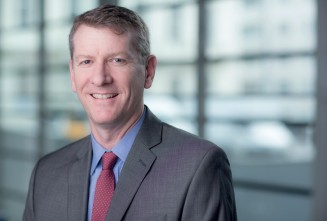
To help organisations prepare for AI-based digital transformations, they use company data, such as job descriptions and enterprise resource planning data, to link the tasks involved with existing jobs to tools based on different forms of artificial intelligence. “Rather than predicting jobs that will be lost to robots, we take a tools-for-tasks approach to anticipating workforce changes,” he explains.
The Future of Organisations Forecaster, or FOO.CASTR for short, has been tested on real data from the Royal Bank of Canada, where the tasks that might be replaced include loan approval, fraud detection, and many aspects of customer service. The result was a predicted headcount reduction of 12–35%. “That gives me a feeling that the truth probably will be a reduction somewhere in the high teens to mid-twenties,” Dr Kennedy says. “It won't happen all at once, but we will see the early phases of this change starting to hit in 12–18 months’ time.”
The result comes with a number of health warnings, but it is more precise than studies considering the whole economy. It also points to places in the company where the transition might begin, vendors who might help, and the skills needed to make the change. “That's enough for them to get their toes in the water and start building some trial systems.”
Understanding human factors
The interaction of people and technology is also on the mind of Dr Weston Baxter, from the Dyson School of Design Engineering. “There are examples of really great technologies that have failed, in part, because the human element has not been considered,” he says. “In many cases, understanding the human is a prerequisite to defining what you need to achieve as an engineer, but it is often overlooked.”
He is particularly interested in rituals and their relationship with new technologies. “Rituals are one of the key ways that we infuse meaning into our individual lives and our social spheres, and we are still learning how rituals occur with new technology.”
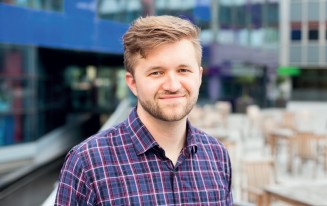
Many of us have already seen rituals change as family members take part in celebrations through video links rather than in person. Bigger changes lie ahead. “If we're looking forward to maturing technologies like conversational agents, artificial intelligence or mixed realities, we must consider how interactions change. What do rituals look like in those environments? Can we design them into the products or services of the future?”
Some rituals will emerge on their own, but Dr Baxter is also interested in how they can be created. For example, people who eat alone often have poor eating habits such as eating too much, or eating unhealthy foods, particularly if they are distracted by mobile devices and social media. Could rituals be designed to encourage more mindful eating?
Similarly, what kind of rituals might you have with a conversational agent (the descendants of Siri and Alexa) and could these be designed so that they contribute to feelings of personal wellbeing?
“Ritual provides a context in which disruptive technology can be used,” Dr Baxter says. “If you can provide meaningful experiences grounded in these individual and social rituals, then it is easier to see how technology will be integrated into our everyday interactions.”
Light at the nanoscale
Some disruption is about overturning traditional approaches to science, and Dr Riccardo Sapienza from the Department of Physics is not keen on classical optics. He explains why with a musical analogy. “A violin is the right size to produce a certain sound through acoustic waves, but in classical optics it's as if we are using violins that are a thousand times too big for the sound we want.”
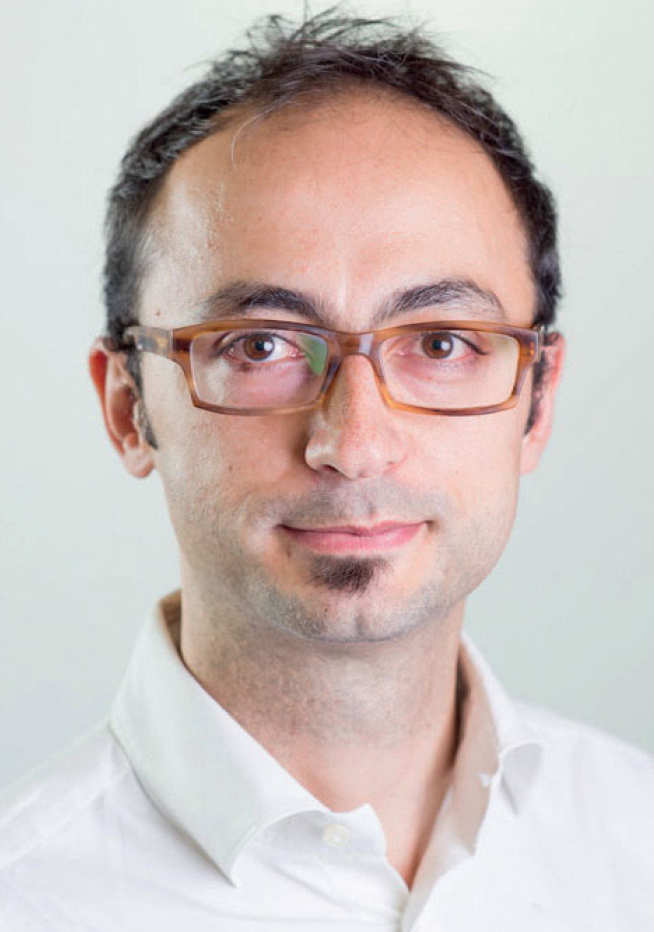
Instead, light should be handled at the nanoscale. “With that comes a very strong interaction between light and matter, and we can produce and control many new phenomena.”
One line of research aims to develop unconventional lasers. Instead of creating a laser beam by bouncing light back and forth between mirrors, this is done at the nanoscale by trapping light inside a structured material. By selecting materials that retain this function in a biological setting, without adverse effects such as toxicity, it should be possible to build biocompatible lasers.
“We are making our very small lasers out of biomaterials such as silk, cellulose or sugars,” Dr Sapienza says. “Then we are trying to use these lasers as sensors, to report on something that is happening in the body.”
In tests these biolaser sensors perform 200 times better than fluorescent sensors currently in use. “The biosensor works, but we are limited in what we can sense,” Dr Sapienza explains.
“Development now lies in the hands of the chemists to find useful applications.”
Possibilities include spraying these biosensors over an open wound to detect infection or monitor healing, or implanting them in the skin to indicate when diabetics need to address adverse glucose levels. Being biocompatible, they could also be incorporated into food packaging to monitor quality or freshness.
All that is needed now is demand. “We can fabricate these systems, so if there is a real interest in developing one of these technologies, then our research will fly.”

Predicting chemical synthesis
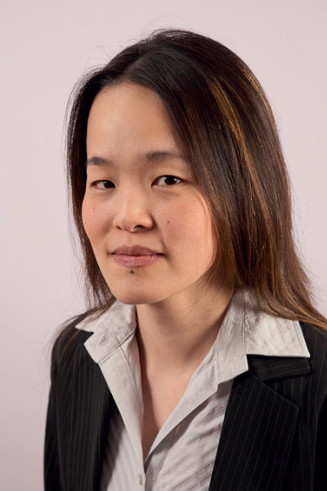
Data is behind many disruptive technologies, but some disciplines seem to have been left behind. Synthetic chemistry, for example, sometimes feels as if it builds molecules by trial and error rather than by design, using equipment little changed since the age of alchemy.
“We are not making use of data as much as we should,” says Dr Mimi Hii, Professor of Catalysis in the Department of Chemistry. “We should be able to predict more accurately the outcomes of what we are doing.”
“We've commissioned all the big-ticket items and we are waiting to move in,” says Professor Hii, the Centre's director. Its resources will include systems for chemical synthesis, reaction analysis, laboratory automation and optimisation, and – of course – data analysis.Bringing chemistry up to date is the idea behind the Dial-a-Molecule Grand Challenge Network, a research council initiative that has been running since 2010. Its ambition is to make the synthesis of any desired molecule as easy as dialling a number. One result of this initiative has been the decision to set up a national facility for data-rich chemistry: the Centre for Rapid Online Analysis of Reactions (ROAR), at Imperial's White City campus.
Defining the data required and a system smart enough to use it are the challenges that lie ahead. “How can we build a synthesis machine intelligent enough not only to perform known chemical reactions, but also to predict unknown chemical reactions, try them and tell you what the outcome is?”
The impact of having such a machine would be enormous, Professor Hii says, removing bottlenecks to the development of new materials and making chemical production more democratic and local. “You will just make what you need, when you need it and where you need it, rather than having to outsource production to a huge, polluting factory somewhere half way around the world.”
Printing shape memory materials
Dr Connor Myant, of the Dyson School of Design Engineering, is working with two disruptive technologies, bringing together 3D printing and shape memory materials. “This means that you can 3D print an object that, once it is finished, can change its shape and assemble into something else.” This addition of time as a fourth dimension has led some to call this 4D printing.
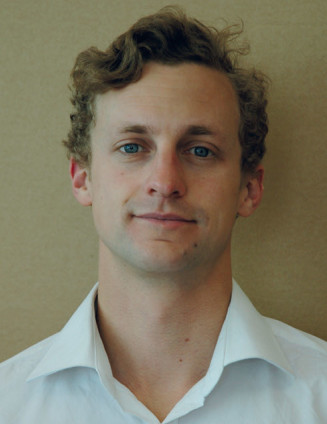
The properties that allow a shape memory material to move between a temporary shape and a programmed permanent shape are often down to its formulation, but Dr Myant has other ideas. “We want to show that you can get the same control – over the speed at which it changes, when it is going change, the stimulus it reacts to, and so on – through the internal structure of the object rather than by changing its chemistry.”
Shape memory materials already have some uses. Many are decorative, such as synthetic flowers that open in response to a stimulus. Other ideas are more ambitious, such as designing a shape memory hinge that would open the solar panels on a space craft without involving a motor or any articulated parts.
But combining shape memory materials with 3D printing opens up a host of new possibilities for customising objects. For instance, a medical insert intended for someone's windpipe could be 3D printed with a programmed shape personalised to the patient. It could then be squashed into a much smaller temporary shape to make it easy to insert.
“You would then give it the trigger to make it return to its programmed state, and that would happen inside the body,” says Dr Myant. “This would be a far less painful process of operation, and it would be completely patient specific.”
Learning through digital twins
Working on a project to build a pedestrian bridge in Amsterdam gave Mark Girolami, Professor of Statistics in the Department of Mathematics, an idea for making predictions about complex systems. More than simply modelling, it involves constructing a digital twin of the system in question.
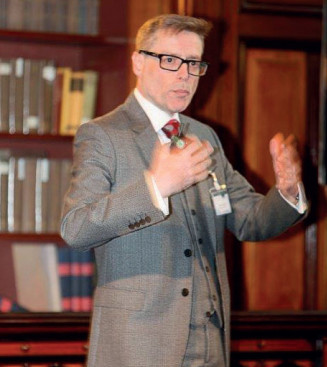
“The digital twin captures the essence of the operation of these complex systems,” Professor Girolami explains. “It allows us to ask questions and play them forward in time and space.”
The Amsterdam bridge that has inspired him is being 3D-printed in stainless steel. This construction method means the bridge can have a sinuous, organic form, but it raises questions about its structural performance. “To all intents and purposes this is a completely new material. Therefore the challenge in developing the digital twin of this bridge will be understanding and characterising what we do and don't know about the material's properties.”
Once the bridge is installed, sensors attached to the structure will provide data to verify and improve the digital twin's predictions. “This is the first time that something of this size has been printed and used in an urban setting, so there's a huge amount that we can learn.”
The digital twinning approach is now being extended to other settings, such as retail activity in London. Once built, this digital twin will allow the effects of different policies and economic stimuli to be tested. Another idea is to build a digital twin of criminal activity in the city, which could be used to test different policing policies.”
“Handling the data is a challenge, but it's one you can get around with some brute force,” Professor Girolami says. “But the real intellectual and philosophical challenge is understanding how the components of the systems are formed and interact.”
Personalised nutrition
And for every disruptive technology there is an alternative view. While predictive gene-based healthcare features on the Table of Disruptive Technologies, Dr Isabel Garcia-Perez in the Department of Cancer and Surgery argues that genes are not the answer to everything. She thinks it will also be possible to develop a personalised approach to healthcare based on observations of an individual's metabolism.

Her work sets out to answer a persistent problem in public policy on diet. “We cannot define healthy eating because there is a huge difference between what people say they eat and what they really eat,” she says. Error rates in surveys of eating habits range from 33% to 80%, with the highest mismatch among people at the greatest risk, for instance with obesity or cardiovascular disease.
To address this, Dr Garcia-Perez is developing a system that can tell what someone has been eating based on the chemicals in their urine. Some of these markers relate to a person's metabolism, some relate to microbial interactions in the gut, and others indicate specific foods or food groups in the diet. So if you have been eating grapes, tartaric acid will appear in the urine.
“We are not at the point where we can say how many chips someone has been but we are getting there,” she says.
Foods are extremely complex, so it will not be possible to find markers for everything, but it will be possible to register a person's dietary pattern. This in turn will help answer the question of what people eat and how that real diet lines up with health outcomes.eating, but we are getting there,” she says.
It will also be possible to use this approach to improve the health of individuals. “I want to empower clinicians, dieticians and policy makers by giving them the objective information they need to access the full potential of precision medicine,” she says. “It's not just about monitoring dietary habits, but also telling the dietitian how a person is responding to a personalised diet.”
Reality check
While Professor Gann is happy for foresight to explore all possibilities the future may have to offer, he also wants it to have a built-in reality check. “We can talk about technologies that could be disruptive or may change the way we do things, but there is a bigger question about what success and failure look like,” he says.
He likes to cite the cautionary tale of Thomas Midgley Jr, the American engineer who developed both leaded petrol and the first chlorofluorocarbons, both highly successful innovations in the short term but ultimately catastrophic for human health and the environment.
“Innovation has some very strange endings,” he goes on. “It doesn't matter how much foresight you've got, it might not work out the way you planned. Part of our role as educators is to keep people asking questions.”
Ian Mundell is a journalist who specialises in research and higher education. He divides his time between London and Brussels.
Tech Foresight 2038: Shifting Realities is curated by Imperial Tech Foresight, which enables business leaders to immerse themselves in the fringes of disruption, explore breakthrough technology and research through visionary academic perspectives, and connect with challenging, proactive and engaging visions of the future. Imperial Tech Foresight can help your business navigate the rapidly shifting technology landscape, enabling you to make better decisions on the future of your organisation.
The conference is powered by the Imperial Business Partners programme, which enables a unique approach to problem solving for research-driven industries, by providing accelerated access to Imperial expertise, talent and facilities. Members benefit from a range of specialist services, and enjoy a programme that combines academic excellence with entrepreneurial innovation to generate powerful debates and inspirational discussions.